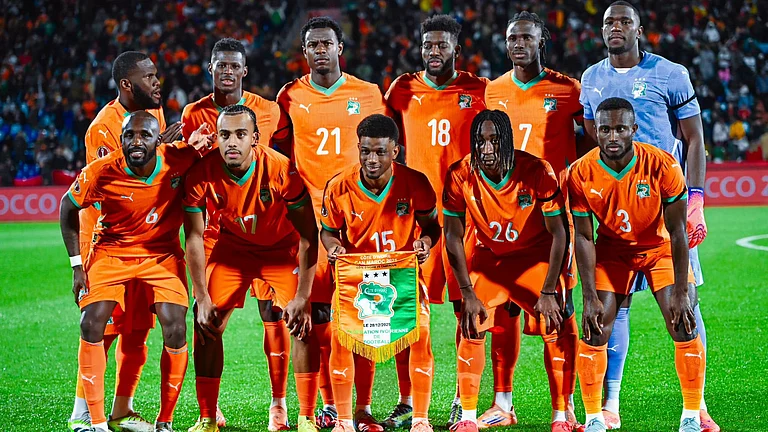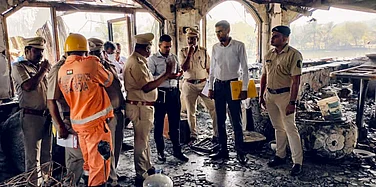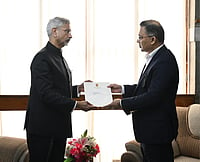Prime Minister Narendra Modi on Friday flagged off the first Namo Bharat train on a 17-km stretch of the Delhi-Meerut Regional Rapid Transit System (RRTS).
He also said similar services will soon link several cities in Uttar Pradesh, Haryana and Rajasthan.
Addressing a function in Uttar Pradesh, Modi said that the full 82-km stretch of the Delhi-Ghaziabad-Meerut RRTS will be completed within the next one and a half year years and expressed confidence that he will be present to inaugurate it.
"Four years ago, I laid the foundation stone of the Delhi-Ghaziabad-Meerut regional corridor project. Today, the services of Namo Bharat trains have started on the stretch from Sahibabad to Duhai Depot. I had said earlier too and I say it today as well that we inaugurate the projects which we start," the prime minister said.
"I will be there at your service when this Delhi-Meerut stretch is completed after a year or a year and a half," Modi said.
About the Delhi-Ghaziabad-Meerut RRTS corridor
The ambitious RRTS project was designed in line with the vision to transform regional connectivity in the country through introduction of new world-class transport infrastructure.
The RRTS is defined as a rail-based, semi-high-speed, high-frequency commuter transit system compatible of running at a speed of 180 kmph.
The project, which is expected to reduce the commute time between Delhi and Meerut to less than an hour, is being developed at a cost of more than Rs 30,000 crore. The route will include the urban centres of Ghaziabad, Muradnagar and Modinagar.
According to an official statement issued by the PMO, the RRTS is a "transformational" regional development initiative, which is designed to provide high-speed trains for intercity commuting every 15 minutes, which can go up to a frequency of every five minutes according to requirement, it said.
The PMO noted that a total of eight RRTS corridors have been identified for development in the National Capital Region, out of which three corridors have been prioritised to be implemented in Phase-I -- Delhi–Ghaziabad–Meerut, Delhi-Gurugram-SNB-Alwar and Delhi-Panipat.
What can be expected?
The high-speed state-of-the-art transport system is expected to provide safe, reliable and modern intercity commuting solutions in the country.
In line with the PM GatiShakti National Master Plan, the RRTS network will have extensive multi-modal-integration with railway stations, metro stations and bus services.
"Such transformative regional mobility solutions will boost economic activity in the region, provide improved access to employment, education and healthcare opportunities; and help in significant reduction of vehicular congestion and air pollution," it said.


























